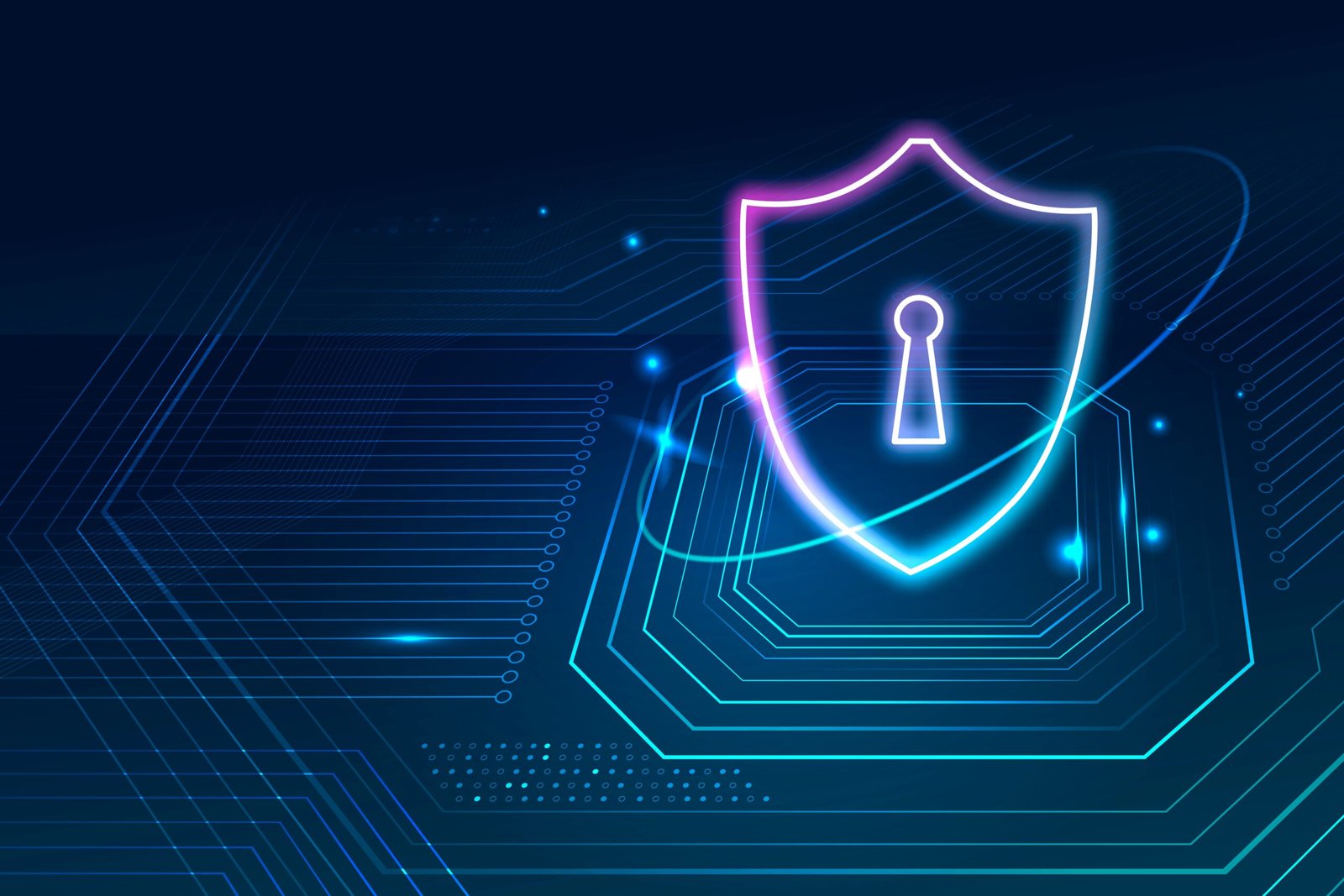Beginner’s Guide: How to Secure Your WordPress Website from Hackers in 2025
Security is no longer optional. WordPress powers over 40% of the web, making it a prime target for hackers. From brute force attacks to malware injections, vulnerabilities can cost you customers, revenue, and credibility. The good news? With the right setup, plugins, and habits, you can dramatically reduce your risk. This guide covers practical steps to secure your WordPress website in 2025.

Why WordPress Security Matters
Websites are attacked daily. Hackers look for outdated software, weak passwords, and poorly configured hosting environments. A breach can lead to:
- Stolen customer data or payment information.
- Blacklisting by Google or hosting providers.
- Downtime that hurts SEO and revenue.
- Damaged brand reputation.
By implementing strong security practices, you can prevent 90%+ of common attacks.
Step 1 — Keep Everything Updated
Outdated plugins, themes, or WordPress versions are the #1 cause of hacks. Always:
- Enable auto-updates for core, plugins, and themes.
- Use only reputable plugins with frequent updates.
- Remove unused plugins/themes completely — not just deactivate them.
Step 2 — Use Strong Authentication
Password123 won’t cut it in 2025. Strengthen your logins:
- Use long, unique passwords (12+ characters, mix of symbols/numbers).
- Enable two-factor authentication (2FA) for all admin accounts.
- Limit login attempts and enable lockouts for brute force protection.
- Consider passwordless login via email/SMS or hardware keys.
Step 3 — Secure Your Hosting Environment
Your host plays a major role in security. Choose one that offers:
- Daily automated backups.
- Firewall and malware scanning.
- Free SSL certificates with auto-renewal.
- Support for PHP 8.0+, HTTP/2/3, and secure SFTP access.
If you manage your own VPS, configure a firewall (UFW), keep OS packages updated, and restrict root access.
Step 4 — Install a Security Plugin
Plugins make it easier to cover multiple bases. Recommended in 2025:
- Wordfence — robust firewall, malware scanning, login security.
- Sucuri Security — cloud firewall, monitoring, DDoS protection.
- iThemes Security — great for beginners with guided setup.
Don’t install multiple overlapping plugins — choose one suite and configure it fully.
Step 5 — Enable HTTPS Everywhere
SSL encryption protects data in transit and is required by modern browsers. Use Let’s Encrypt or your host’s free SSL. Enforce HTTPS redirects and update internal links to HTTPS to avoid mixed content warnings.
Step 6 — Backup Regularly
A backup is your ultimate insurance. Follow the 3-2-1 rule: three copies of your site, on two different storage types, one off-site. Recommended plugins: UpdraftPlus, BlogVault, or your host’s daily backup service. Test restores periodically.
Step 7 — Harden WordPress Settings
Simple configuration changes add protection:
- Change default admin username to something unique.
- Disable file editing in wp-admin via wp-config.php.
- Restrict access to wp-login.php with reCAPTCHA or IP whitelisting.
- Hide WordPress version number from source code.
Step 8 — Monitor & Respond
Stay proactive with monitoring tools:
- Set up uptime monitoring (UptimeRobot, Pingdom).
- Enable email alerts for login attempts and file changes.
- Scan your site weekly for malware or suspicious files.
Step 9 — Protect Against Common Attacks
XSS (Cross-Site Scripting): Sanitize user inputs and use security headers.
Brute Force: Limit login attempts, enable 2FA.
DDoS: Use CDN-level protection (Cloudflare, Sucuri firewall).
Step 10 — Security Checklist
- Update everything (core, themes, plugins).
- Use strong passwords and 2FA.
- Install one security plugin (Wordfence/Sucuri/iThemes).
- Enable HTTPS site-wide.
- Backup daily and store off-site.
- Harden WordPress settings (disable file editing, change default usernames).
- Monitor uptime and suspicious activity.
Final Thoughts
WordPress is secure when configured correctly. Most hacks exploit poor practices — weak passwords, outdated software, and lack of monitoring. By following this guide, you’ll reduce risks significantly. Security isn’t a one-time setup, it’s an ongoing habit. Review your setup every quarter and keep improving.